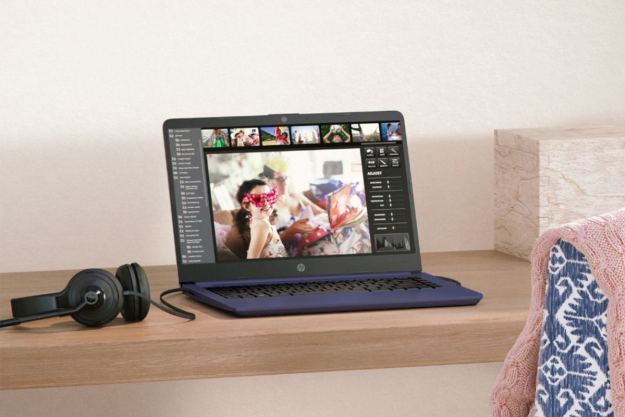
Rob Glaser is mainly known as the founder of RealNetworks, but since stepping down from the CEO chair a year ago, the man has apparently been keeping busy: at the Demo conference this week in Palm Desert, California, Glaser has launched his latest project, dubbed SocialEyes. SocialEyes blenders Facebook’s social graph with real-time video calling a la Skype and Apple’s FaceTime technology to enable simple one-on-one and group video chat based on users Facebook social networks. The system also offers asynchronous “video mail,” so users can easily leave video messages for people who might be away from their computers. SocialEyes also gives users the ability to set up group video conferences between friends—introducing them to one another—even if those other people don’t know each other directly.
SocialEyes technology is based on Adobe Flash 10, and while SocialEyes’ infrastructure keeps track of who is online and available, the actual video connections are handled in a peer-to-peer, unmediated manner, so SocialEyes doesn’t have the overhead of receiving and retransmitting a myriad of video streams for its users. Users can connect to up to five other users at the same time. While chatting, users can selective mute people they have on video: if you’ve been muted, you can send a “knock” to the person on the other end to request un-muting if you have something important to say. (While muted, video continues to roll; apparently a full audio and video mute is also available.)
For the time being at least, SocialEyes is built entirely on a users’ Facebook social connections; that means only Facebook users get to play, and cannot connect to anyone not on Facebook. However, SocialEyes choice to use Facebook connections was apparently guided by a desire to make the social aspects of the service more apparent: users can immediately see how the technology applies to people they know, and leverage the effort they’ve put into establishing their Facebook social connections.
The service is currently available for Flash-enabled Web browsers, and SocialEyes plans to release mobile versions of the service—which means iOS versions won’t be based on Flash.
Overall, SocialEyes still seems to be finding its feet: although the technology has obvious implications for geographically-disparate workgroups and social interactions, it’s not entirely clear what would make SocialEyes more compelling than existing solutions using technologies like Skype and FaceTime—SocialEyes might be hinting at that with mechanisms like “karma points” that reward people for using the service.


